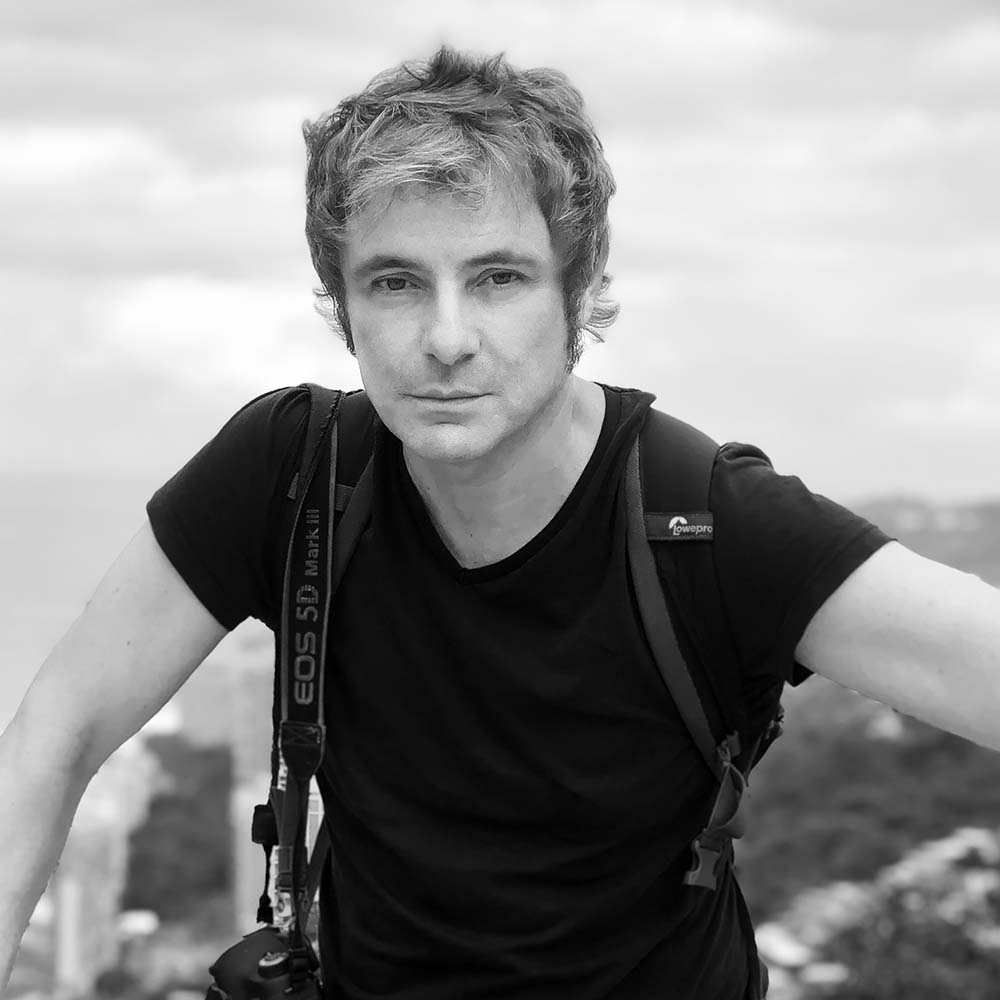I am a free-lance travel and documentary photographer based in Barcelona, mainly focused on social and cultural issues. My work has been published in the New York Times, The Guardian, Der Spiegel, National Geographic, Mirror, Sunday Telegraph, CNN Blog, Leica Magazine, La Vanguardia, El Periódico, Photo France, XL Semanal, Piel de Foto, MyLife, Chasseur d'Images and FotoMagazin Germany among others.
I have exhibited my work in Europe and America, to highlight San Diego Art Institute, CEH "Manege" St. Petersburg, Royal Geographical Society of London, Gallería Hector Garcia of Mexico City, International Festival of Social Photography in Sarcelles (France), Couvent des Minimes of Perpignan, Complejo el Águila Exhibition Hall of Madrid.
My work has been awarded by organizations such as Pictures of the Year - POY (1), Atlanta Photojournalism Seminar (4), POY Latam (3), International Photography Awards (IPA), PX3 (3), Travel Photographer of the Year (3), Moscow International Photo Awards (3), China International Photo Press Contest (3), Tokyo International Foto Awards (3), Humanity Photography Awards (2), VISA pour L'Image (VISA pour l'ANI), ASISAFOTO and Descubrimientos Photoespaña.
